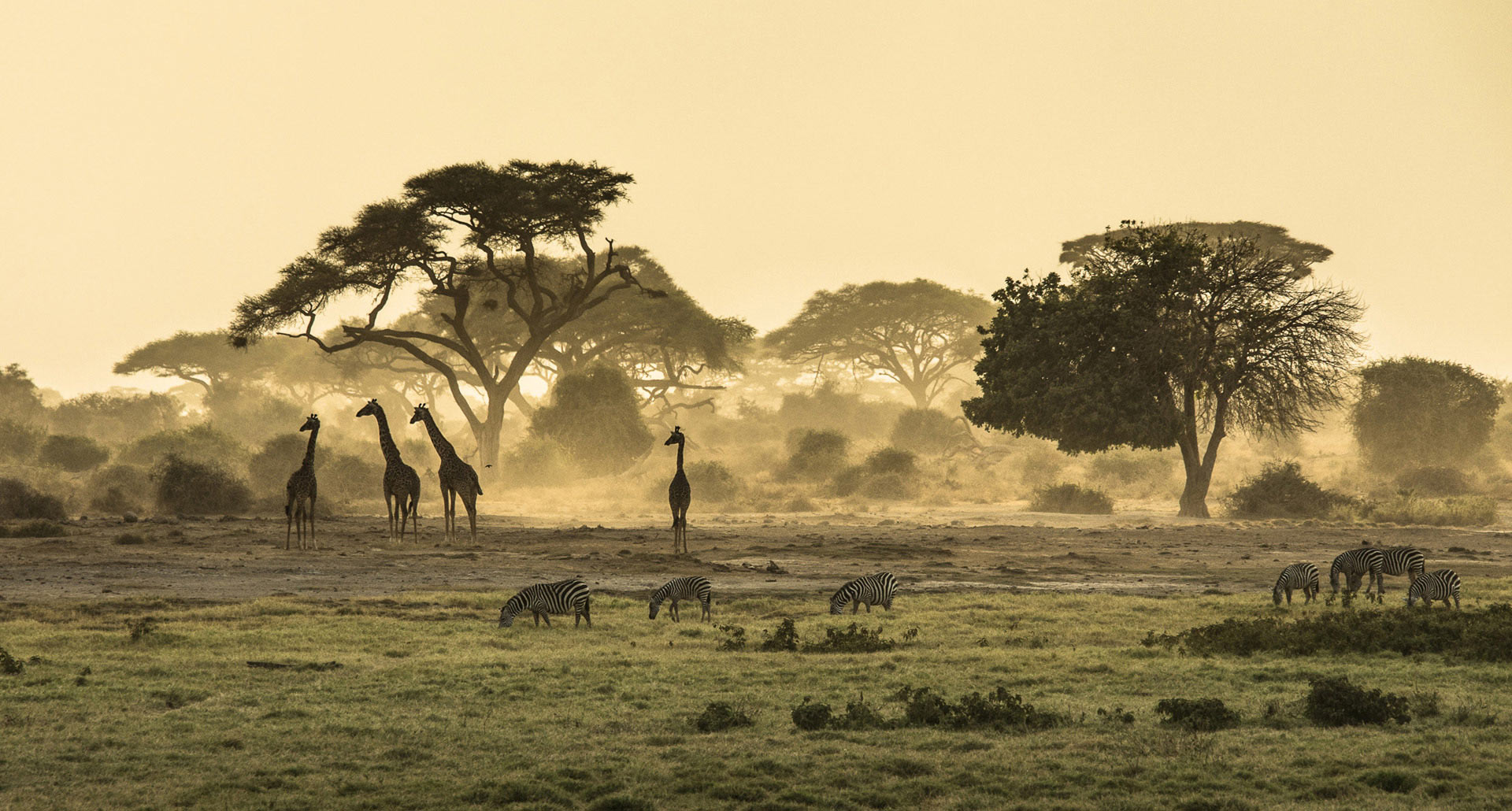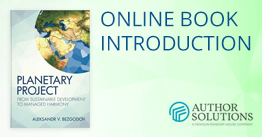RESOURCES
The global resource problem is that people consume without any limitation, and deplete the reserves of natural elements of the planetary ecosystem, the components of organic and non-organic life, and the conditions for the existence of the biosphere including people and society. Meanwhile, Earth’s resources are not unlimited, they are exhaustible; increased wasteful use of natural resources on a regular basis leads to their depletion, and does not allow them to renew.
Human needs are limited by the resource available for their subsistence: whether we want it or not, this relation is objective. The real tragedy is that some kinds of resource are exhaustible, they are non-renewable.
Normally, the resource problem is either considered as a solely environmental or a purely economic issue. We have purposefully put it as a single item to emphasize its planetary twofold value as both an environmental and economic (social) issue at the same time.
In the 20th century, industrial growth accelerated unprecedentedly in comparison with previous historical periods. This became possible due to the technological realization of the many 19th and 20th century scientific discoveries, and the conditional leveling of leading economies and market globalization. In the 20th century, people extracted more mineral resources than during the entire history of human civilization. The consumption level of fossil fuels increased thirtyfold due to the fiftyfold increase in global industrial production. Moreover, three fourths of the increase in fuel consumption and four fifths of industrial growth took place in the period starting in the 1950s. The main effects included economic growth, huge demographic shifts, and dramatic environmental changes some of which are irreversible: the Earth found itself on the brink of exhaustion, because humanity consumes more resources than the planet can produce.
Today, the problem of resources is considered in terms of availability, exhaustibility (renewability) and remaining reserves.
The indicator of resource availability is a ratio between the volume of reserves and the amount of their consumption. Mineral resource sufficiency is measured by the number of years known reserves will last if they are consumed at the current rate; while forestry, land and water resource sufficiency is determined by the per capita reserve amount.
The feature of exhaustibility is crucial in resource evaluation and divides all planetary resources into renewable and non-renewable in a natural way. Thus, many renewable natural resources have ceased to be renewable due to an anthropogenic impact: air, fresh water, fertile soil, many animal and plant species, and entire ecosystems.
To plan the development of resource substitution research and industries, we must know the size of remaining reserves.
|
№ |
Resource Type |
Problem |
Reasons |
Consequences |
|
1 |
Oxygen |
Catastrophic decrease of oxygen level (by 10 billion tonnes per year – enough for several billion people to breathe) |
Polluting atmospheric emissions, elimination of phytoplankton, which generates 80% of oxygen, forest clearance, and other anthropogenic factors |
Atmosphere deterioration |
|
2 |
Water |
Pollution: negative changes in physical and chemical composition |
Natural and anthropogenic factors of biological, physical-mechanical, chemical, noise, radioactive and thermal pollution: residential areas, industry and agriculture |
Loss of natural qualities and functions, turbidity, oxidization, poisoning and inability to remain as a fully functional habitat for living organisms |
|
High rate of fresh water depletion |
Growing household and industrial consumption |
Risk of conflict over rights to own, extract and use water resources |
||
|
3 |
Fertile soil |
Soil erosion: the process of excessive entrainment of the upper fertile layer of soil (over 25 million tonnes per year). 23% of the land covered with vegetation has already ceased to exist |
Precipitation, weathering, agricultural activity and deforestation |
Soil erosion kills arable lands; fresh water reservoirs become contaminated with phosphorus and other fertilisers washed down from cultivated land |
|
Trampling (10 million sq. km) |
Cattle grazing |
Diminishing soil fertility |
||
|
4 |
Wood |
Elimination of forest resources: forested areas have halved globally over the last 200 years and keep diminishing drastically. Wet tropical forests are the fastest disappearing: currently only one third of the initial area remains. |
70% of the population in developing countries use wood for cooking and heating their houses; human wood consumption is estimated to be at 700 kg per annum. Over half of cleared forests are burned annually to produce energy. |
Forests and plants (especially in the tropics) produce 20% of oxygen; therefore, the reduction of their size impacts the atmosphere negatively. Deforestation also leads to the annihilation of entire ecosystems. |
|
5 |
Natural gas |
The reduction of this strategic life sustaining resource of modern civilisation. |
Growing demand for energy sources, low gas prices and high production rates. |
With the current level of proven reserves and production rates, this fuel will last humanity between 55 and 60 years. |
|
6 |
Oil |
The most necessary energy resource is fast depleting. |
Growing demand for energy sources, low oil prices and high production rates. |
The current world oil reserves are estimated to be 1,65 trillion barrels. With the current level of proven reserves and production rates, this fuel will last humanity between 50 and 54 years. |
In the system of international division of labor, economically developed countries are primarily consumers while developing countries are producers and exporters of natural resources (mineral, forest and others). This type of “specialization” can be explained both by the location of different resources in the world and by the level of historical and socio-economic development of different countries.
Human dependence on nature has not been overcome; on the contrary, it has acquired a qualitatively new, global character: people clashed with nature in the 20th century when human abilities matched nature at the level of civilization abilities to use destructive forces. At the same time, human dependence on nature has decreased only relatively as people are highly dependent on the environment in terms of their life sustaining means.
Environmental issues, natural resource use, and social-economic development problems should be treated as global, valuable in and of themselves, and vitally important. At the same time, they cannot be treated separately from each other or locally within the limits of individual countries.
The threat of the depletion of resources vital for both social reproduction and industrial and economic systems makes us develop innovation solutions to rational resource management including resource substitution. We are looking forward to our website visitors providing your analysis, projects and ideas in the resource management area.









